JAJSHU7D August 2019 – April 2021 THS6222
PRODUCTION DATA
- 1 特長
- 2 アプリケーション
- 3 概要
- 4 Revision History
- 5 Pin Configuration and Functions
- 6 Specifications
- 7 Detailed Description
- 8 Application and Implementation
- 9 Power Supply Recommendations
- 10Layout
- 11Device and Documentation Support
- 12Mechanical, Packaging, and Orderable Information
パッケージ・オプション
メカニカル・データ(パッケージ|ピン)
サーマルパッド・メカニカル・データ
- RGT|16
発注情報
6.9 Typical Characteristics: VS = 32 V
At TA ≈ 25°C, AV = 10 V/V, RF = 1.24 kΩ, RL = 100 Ω, RS = 2.5 Ω, RADJ = 0 Ω, full-bias mode, and VCM = open (unless otherwise noted).
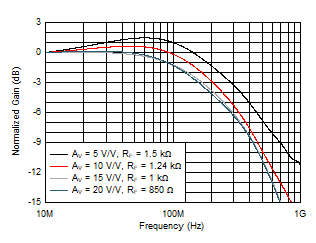
| VO = 2 VPP |
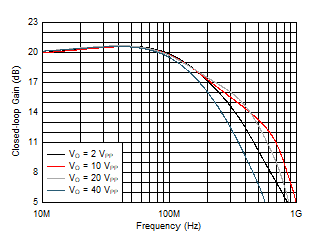
| AV = 10 V/V |
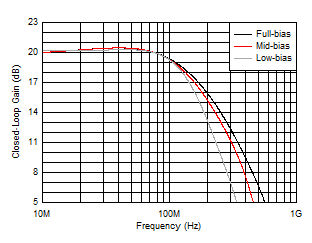
| VO = 40 VPP |
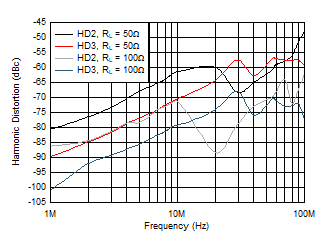
| VO = 2 VPP |
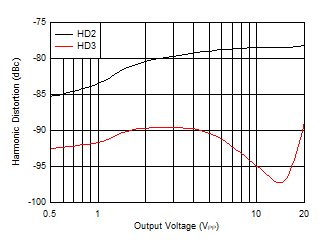
| f = 1 MHz, RL = 50 Ω |
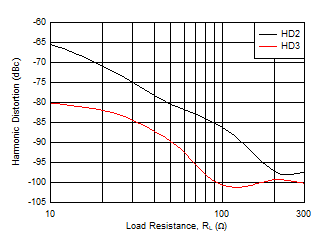
| f = 1 MHz, VO = 2 VPP |
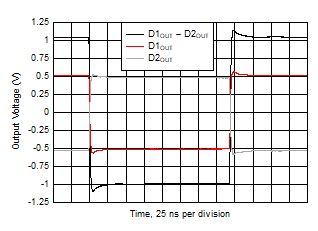
| VO step = 2 VPP |
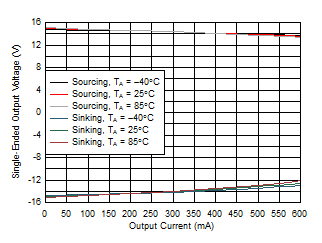
| Average of 30 devices | ||
| Output voltage is slammed and IO is pulsed to maintain TJ as close to TA as possible. |
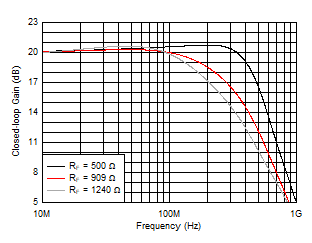
| VO = 2 VPP |
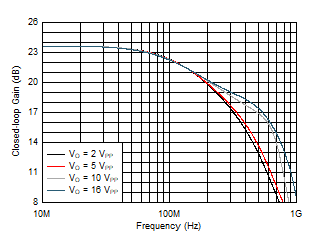
| AV = 15 V/V |
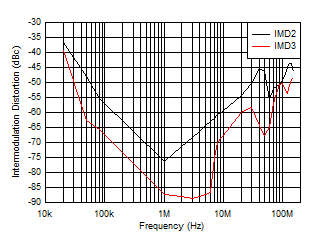
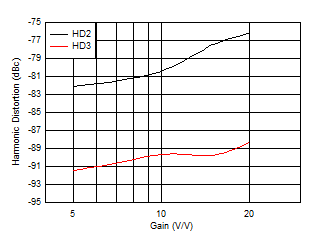
| f = 1 MHz, VO = 2 VPP RL = 50 Ω |
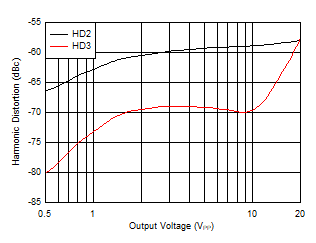
| f = 10 MHz, RL = 50 Ω |
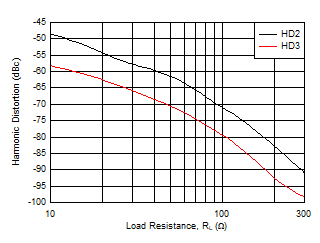
| f = 10 MHz, VO = 2 VPP |
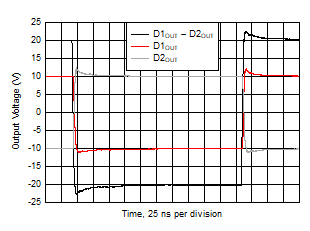
| VO step = 40 VPP |
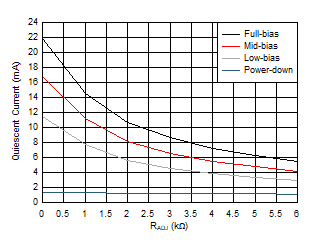
| Average of 30 devices | ||